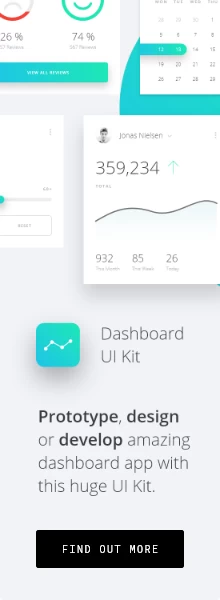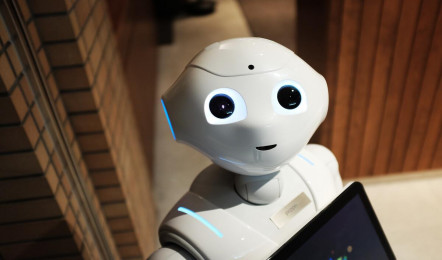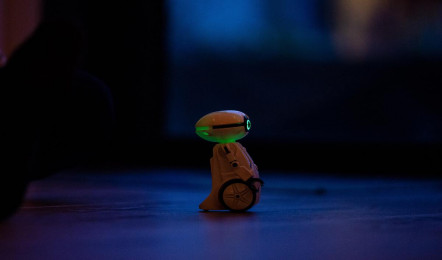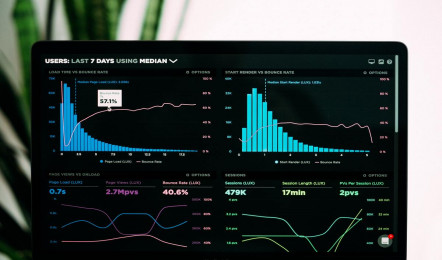The Role of AI in Graphic Design
Mon.12.10.2020 BY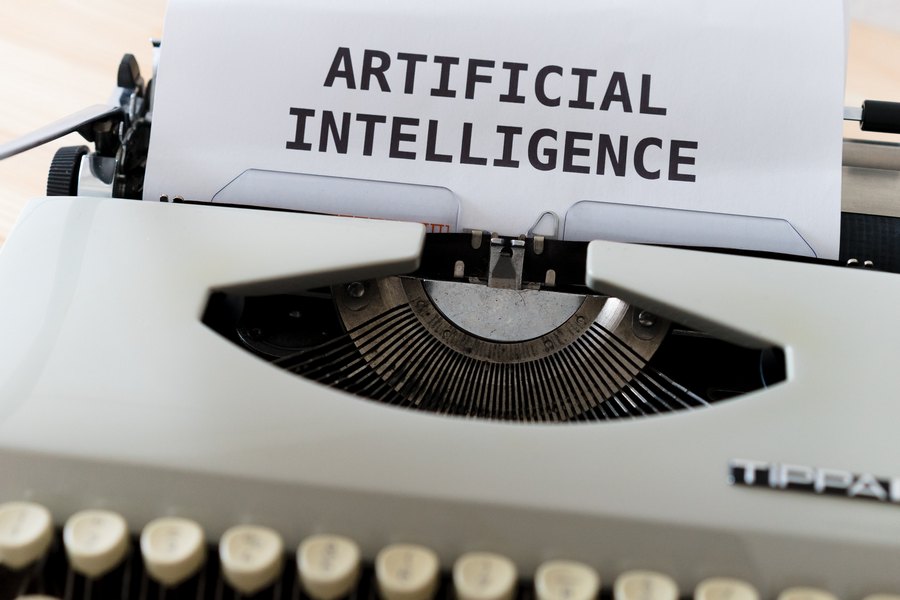
Much like many other industries, the graphic design industry is also susceptible to AI. Artificial intelligence has infiltrated graphic design in unexpected ways. On the one hand, both designers and their clients are interested in this new technology. However, on the other hand, as we still don't know much about how far-reaching the consequences of Ai can be, this is not only exciting but concerning as well. In this post, we will try to discuss the impact AI has on graphic design and how it could be used to our advantage.
First of all, is AI a positive or a negative?
The perception of AI is generally bipolar - it's either considered a good thing, something helpful and fun, or a total opposite, something terrible that will wipe the humans off the face of the Earth. Somehow, there is no in-between.
When it comes to graphic design, AI is not an enemy, but rather a friend. It brings something new to the table - very high speed. Designers can implement AI and teach it to quickly analyze large quantities of data, which it will use to produce novel designs. These novel designs then reach the designers who review them, retouch them, manually make any necessary alterations, and then, the product is ready to be used. Such a design process reduces the time necessary to come up with new designs, all the while keeping the quality on quite a high level. The costs, therefore, go down and, in the end, everybody wins.
A big misconception is that AI has the power to replace humans altogether. Perhaps this will be possible in the future, who knows what tomorrow brings, however, with today's advances in AI, it seems that this won't happen any time soon. At the moment, AI only has a helping role. It has the power to enhance the tools that graphic designers are already using.
At the moment, AI is being used to further develop tools such as Photoshop and the likes. Therefore, you won't see AI replace designers any time soon. However, designers can definitely use AI to help them create better designs. This is why it's important to understand that AI is not an enemy.
How AI will influence the design
Ok, so far, we have discussed whether AI is positive or negative. However, we should now talk about how AI will influence the creative process. This will happen in several ways.
First of all, it's important to keep in mind that humans have the ability to see the bigger picture. While AI is good at what it does, much better than humans, it's good at only that and nothing else. By using AI that helps or augments human work, human designers can get rid of the mundane tasks that they don't want to do, and that actually hinder their creativity. Think of AI as a virtual assistant. It does things here and there without you even noticing, and lets you focus on what's really important.
AI can also help designers by creating multiple versions of the design once it recognizes a pattern. The algorithm can recognize colors and patterns and then create thousands of versions, within the range of identified colors and patterns. This is very useful for designers. Think about it; if you are designing, for instance, a logo, you can create one of two versions and then let AI develop many versions of your design, just with different colors, for example. This way, you can pick and choose what color combinations you feel are the best, and you can provide your client with multiple different versions to choose from.
The future of designers in an AI-driven world
The most important thing to always keep in mind when it comes to the relationship between the designers and AI is that designers will stop being creators per se but will rather become curators. What will happen in the future is that designers will train AI and program them in such a way as to solve a particular problem. AI will offer a solution, and the designer will enhance the AI by providing even more specific prompts. This way, the bulk of manual labor shifts from humans to machines.
Good designers will never become obsolete, though. As we have previously discussed, AI is well capable of outperforming humans in terms of quantity, however, machines need input to know what to do. This is where designers will still be vital. The creative process will still happen in the minds of designers. It is the humans who need to feel what the next big thing is, and use those ideas to train AIs. Good designers will, therefore, be in high demand. Granted, this will be an issue for people who are focused on creating, doing manual work, and not thinking about concepts. This is precisely why it is crucial for designers to start thinking more like concept creators and not just like people who are skilled in what they do, as the machines can be trained to do their job much better.
Final thoughts
There is no denying that AI has a place in the future of graphic design. Its role is two-fold - to help the designer do their work by automatically clearing any minute mistakes made during the creative process and to produce designs following the prompts manually created by designers.
We, as designers, though, must learn how to live with it. We should embrace AI and try to make it ease our job for us for our own sake. Coexistence is possible and highly likely, too - we just need to adapt and go with the flaw. AI is here to stay, and we must be ready for it.

